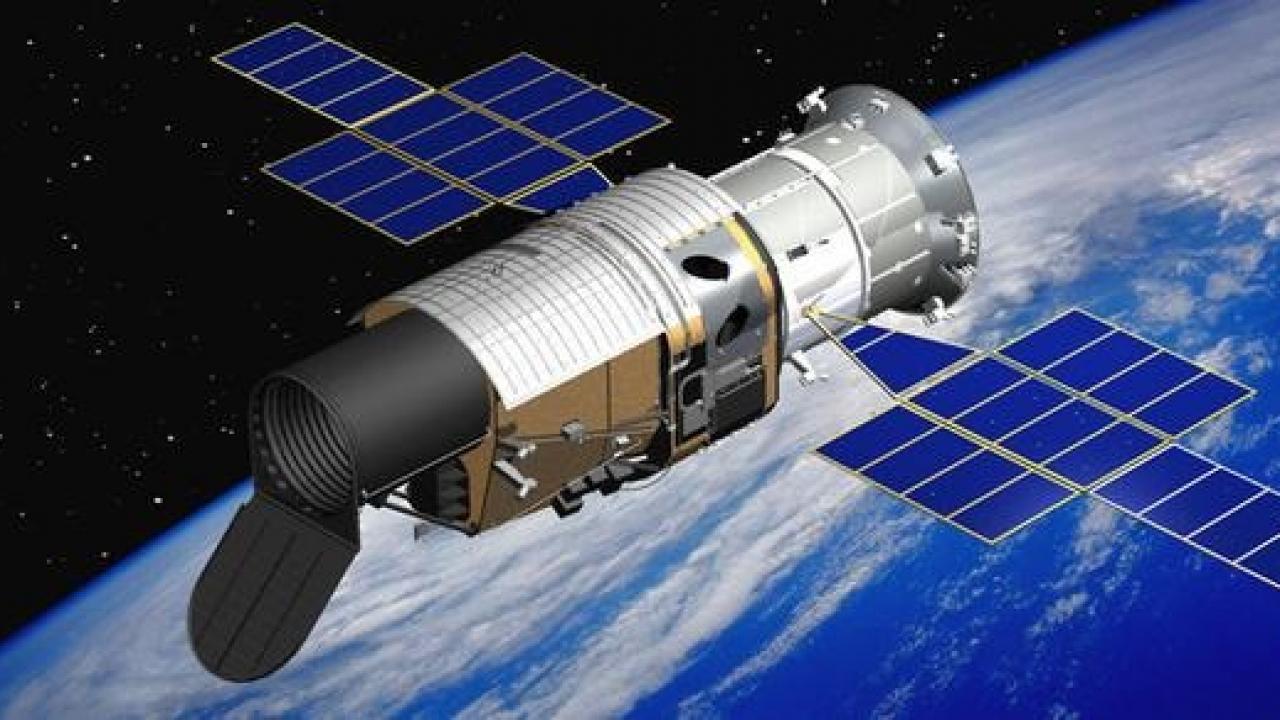Liu Jifeng, Deputy Director of the National Astronomical Observatory of the Chinese Academy of Sciences, stated that the Chinese space station telescope, which is expected to be launched in 2023, is about the size of a bus and is comparable to the diameter of the United States (USA) Hubble space telescope, but the field of view will be 350 times wider than Hubble. it did.
Researcher Li Ran noted that the Hubble telescope’s field of view is about 1/100th the size of a fingernail when our hand is flat, and that all data from Hubble, which has been observing the universe for 30 years, covers only a small part of the night sky.
Li Ran said that the main focal plane of the Chinese space station telescope sky scanning module will consist of 30 detectors and each one will have larger and more pixels than Hubble’s detector, Li said that the Chinese space station telescope will be the largest camera in space after it is put into service.
Liran asked the telescope, “What is dark matter and dark energy?” and “How do galaxies evolve?” He said it will help answer the most fundamental questions of the universe, such as
Zhan Hu, the scientist responsible for the telescope’s research optics facility, stated that the telescope will operate independently in the same orbit as the space station, and that it can carry its own fuel and approach the space station for resupply, maintenance and equipment renewal when necessary. Zhan Hu added that the planned mission life of the telescope is 10 years.
Stating that the telescope can draw an accurate dust map of the Milky Way, observe how the supermassive black hole swallows matter, and photograph faint exoplanets, Zhan Hu pointed out that new and special celestial objects will likely be discovered. Li Ran continued his explanations as follows.
“China’s telescope will also be able to observe major planets in the Solar system. For example, Uranus has not yet been observed by an orbiting probe. Hubble has watched Uranus for many years, but after the China Space Station Telescope is launched, the Hubble telescope may no longer work, so if people want to know how Uranus moves in a full orbital cycle, China will be able to contribute in this area.”
–


